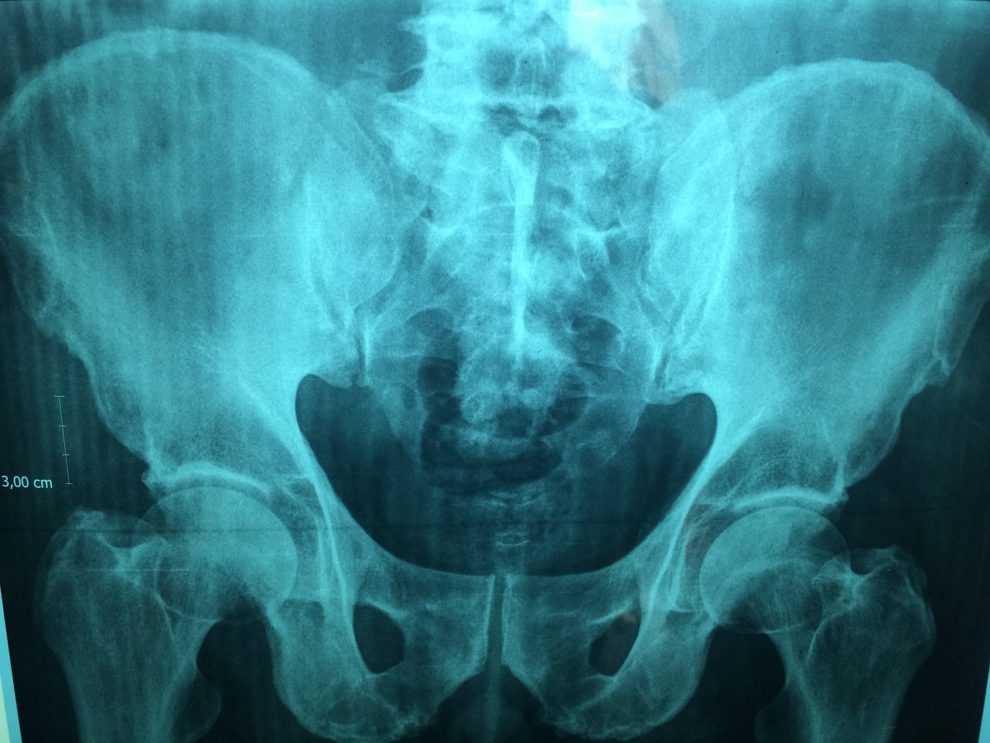Scottish researchers have developed new X-rays based on Artificial Intelligence (AI) technology that are likely to replace current PCR tests for detecting Covid-19 infections.
The technology developed by experts at the University of the West of Scotland (UWS) can accurately diagnose Covid-19 in just a few minutes – much faster than a PCR test, which typically takes around 2 hours – and with 98 percent accuracy.
It is hoped that the technology will eventually be used to help relieve pressure on overburdened emergency departments, particularly in countries where PCR tests are not readily available.
The cutting-edge technique uses X-ray technology to compare scans to a database of around 3,000 images from Covid-19 patients, healthy people, and people with viral pneumonia.
It then makes a diagnosis using an AI process known as deep convolutional neural network, an algorithm commonly used to analyse visual imagery.
The technique proved to be more than 98 percent accurate during an extensive testing phase, according to the researchers.
“There has long been a need for a quick and reliable tool that can detect Covid-19, and this has become even more true with the upswing of the Omicron variant,” said Professor Naeem Ramzan, Director of the Affective and Human Computing for SMART Environments Research Centre at UWS.
“Several countries are unable to carry out large numbers of Covid tests because of limited diagnosis tools, but this technique utilises easily accessible technology to quickly detect the virus.
“Covid-19 symptoms are not visible in X-rays during the early stages of infection, so it is important to note that the technology cannot fully replace PCR tests.
“However, it can still play an important role in curtailing the viruses spread, especially when PCR tests are not readily available,” Ramzan said.
The X-rays could be crucial, and potentially life-saving, in diagnosing severe cases of the virus and determining what treatment is needed.
The team now intends to expand the study, incorporating a larger database of X-ray images acquired by various models of X-ray machines, in order to assess the approach’s suitability in a clinical setting.
